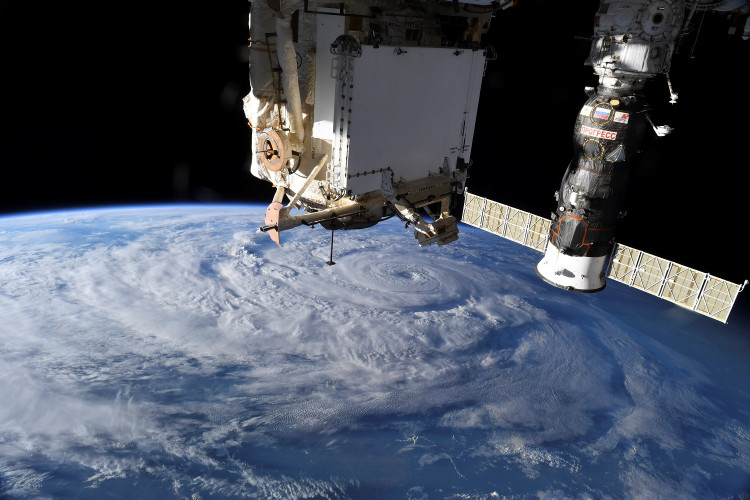Since the 1950s, over 9,000 objects have been flung into space by more than 80 countries and intergovernmental organizations - with almost 800 in the past year. Although there are many gains from this exponential growth in space-based projects (better communications, technological developments and greater national security, to name a few), there are many pitfalls. The more congested space has become, the more contested it is, posing both national and global security challenges.
Herbert O. Funsten, head of the Intelligence and Space Research division at Los Alamos National Laboratory in New Mexico enumerates the three of the biggest threats to satellites and what's being done to counter them, as reported by Space.com.
Space congestion
Currently , approximately 3,000 operating satellites orbit Earth, and that number is growing due to the abundance of small satellite launch opportunities, mainly into low-Earth orbit (LEO). We Earthlings are expected to launch over 1,100 satellites a year soon and the possibility of collisions will increase rapidly. Just one small crash might cause debris of thousands of BBbb-sized pellets to hurl across space in thousands of kilometers per hour. Just a few of these BBs will strike another satellite by shredding further orbital debris, beginning a chain reaction.
Nuclear explosion of high-altitude
If an opponent wished to kill hundreds of satellites and seriously cripple a nation, the trick may be to launch a nuclear weapon into LEO and detonate it. While nuclear explosions in space have been prohibited by international treaty since 1963, we need to be able to protect our space assets from a rogue nuclear event by knowing where and for how long we can shift our satellites. Space scientists would also like to learn if there are ways to minimize or remove the artificial radiation belt that the blast produces.
Space weather
Space may seem like a hollow, vacuous vacuum, but the space environment is actually incredibly complex. Our solar system is drenched in a relentless rain of cosmic rays and salvos of energetic particles from solar storms - all of which can infiltrate a satellite, fry its electronics microscopically, and make it useless in extreme cases.
One solution is to forecast space weather and provide options for satellite operators to temporarily shut down some or all of a spacecraft to secure it. But this is incredibly hard because how do you even foresee a storm in space?
Current advances in tech are promising. For example, a new machine-learning computer model at Los Alamos National Laboratory reliably forecasts destructive radiation caused by the intensification of the Earth's Van Allen radiation belts two days before the storm, the most detailed warning to date.
The value of securing our assets is more important as space grows increasingly congested - and contested. By investing in science innovation, we will ensure we have technical solutions for any possible threat.





